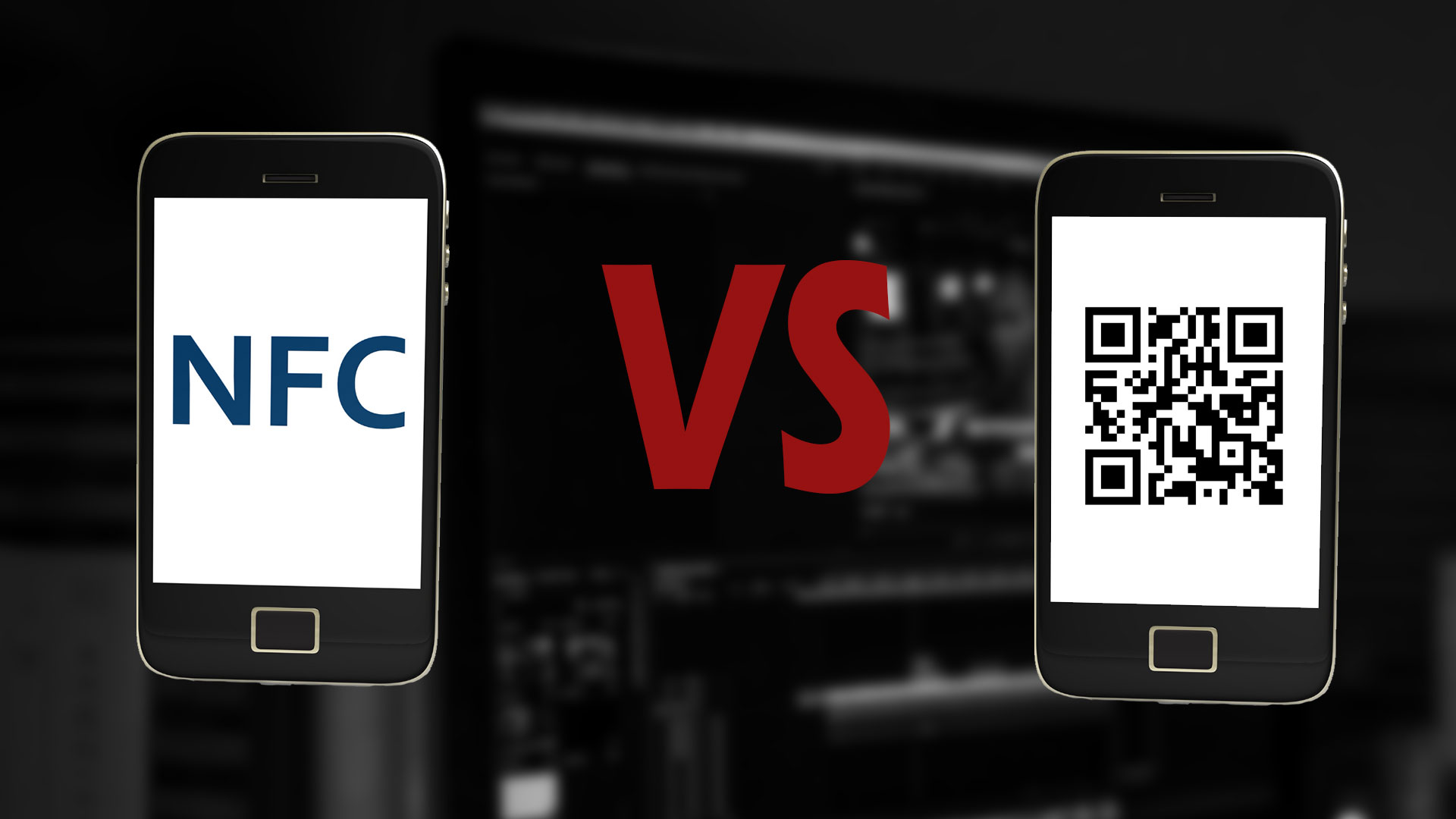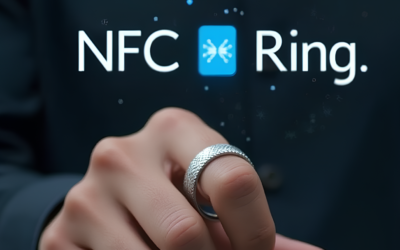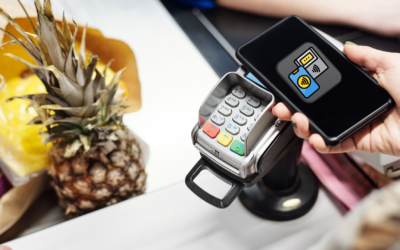People use NFC tags and QR codes increasingly in this digital world because of the ease with which you can gain access to information, authorize transactions, and purchase products, among other things. They both make our lives easier in the digital world. However, they also have their advantages and disadvantages, so before you invest in either of them, it is important to know which of them will be best suited for your needs.
An NFC tag helps you keep a tab on your supplies and inventory, and retailers and shipping companies largely use this technology. QR codes are great for both commercial tracking and the convenience of mobile phone users who can use this technology to access webpages or view texts.
In this article, you will find information on both the technologies, the pros and cons of each of these technologies, and finally, a quick guide on which one will serve you best. Keep on reading and you will find out more about the factors that help distinguish between the two kinds of technology and determine which one will be most suitable for your use.
NFC Tag: A Basic Overview
NFC is the abbreviation for Near Field Communication technology. NFC tags use wireless technology for inventory tracking. NFC tags have a range that is less than RFID tags, but NFC works very efficiently in small ranges. Smartphones have NFC chips built into them.
An NFC tagged document will be able to relay its information to your phone. You can tap on a tagged flyer, and all the information will automatically get uploaded onto your phone. NFC tags are also useful to make payments through your e-wallet. You can use the NTAG215 NFC Tags for your NFC enabled phones. The tags use an NXP chip for high-speed reading and writing.
NFC tags do not need to be powered separately. They can charge themselves through magnetic induction. You can format NFC tags in such a way that you can use them with NFC systems. As they are quite small in size, you can easily integrate them into all kinds of products, from flyers to menus or even business cards.
In NFC tags, five different categories are starting from type 1 through type 5. The tags also carry a little memory allowing anyone to buy the tags and add their customized data onto the tag. As you go for tags that contain higher memory, the NFC tag’s size is also likely to increase.
Pros of NFC Tag
NFC tags come with a lot of advantages. Because of its widespread use, it is evident that the technology is highly efficient and versatile.
- NFC tags are extremely convenient to use. Using NFC tags makes payments easier with the tap of the card. You do not have to carry your wallet or credit cards everywhere with you.
- The NFC tags are quite versatile, and so you can use them with more systems apart from just payment systems. You can use it on fliers, cards, and even to lock and unlock your doors.
- NFC devices allow for seamless communication. Whenever it is in the proximity of other NFC-enabled devices, this small and handy chip will function as smoothly as you would expect its traditional counterparts, such as credit cards, keys, and wallets, to perform.
- In terms of security, it is far more secure to use NFC tags than using credit cards. You need to feed your credit card information into the NFC tag just once and continue to transact without the hassle of inputting the data every time you make a transaction.
- If you are a retailer, there are great benefits of having NFC tags for your inventory. It will help you keep a record of what is available at your store and warehouse, and so it will help you plan on whether you would like to replenish the stocks.
- Since NFC tags have been used for a long time now, its market penetration is already quite high. In 2018 alone, 166 million users used the NFC mobile payment option. The estimate is that by the year 2021, almost 25% of all mobile transactions will use NFC tags.
- NFC tags have marketing applications, which help in engaging with customers more effectively. Customers can even enroll in a loyalty program just by a single tap. It makes life easy for the customer as well as the retailer, a win-win for both.
Cons of NFC Tag
NFC tags do have a few disadvantages. Here is a quick look at them:
- NFC tags are fairly modern technology, and as is the case with any new technology, it does not come cheap. While affording a single NFC tag solely for your personal use may not be all that pricey, it can be more expensive when you deploy it for a large-scale operation.
- While NFC tags provide improved security compared to other traditional payment methods, it is not completely devoid of risks. The technology keeps getting updated regularly, and there may even be security patches to ensure that the tags are secured. Still, as new threats emerge, the security also needs to be updated to counter the ensuing risks.
QR Code: A Basic Overview
QR code functions like any other barcode, but it is two-dimensional and has a white background and random black checkers all over it. You can read it using a QR scanner or other such imaging device.
The code contains data in an encrypted form that you can extract from the QR image patterns. You can also create the QR code by using an online tool that helps in generating QR codes. The QR code will then display further information when scanned.
QR codes are widely used today for several purposes, like creating brochures and advertisements and even for education and health care. Online shopping sites and movie theatres also use QR codes for their businesses. To understand in more detail how QR Codes work, check out this video:
https://www.youtube.com/watch?v=DFtbsDCHnFM
Pros of QR Code
Like NFC tags, QR codes also have many advantages. The reason why QR codes are used so extensively today is mostly because of the numerous advantages that this technology provides. Some of the major advantages associated with QR codes include:
- QR Codes are error-free. Since you have the online link already embedded into the code, the probability of error decreases. Often when typing an online link, there is a possibility that there may be an error while typing, but with QR codes, this risk is eliminated.
- If you are venturing into marketing, you will be aware that the online marketing space is at a premium. With QR codes, you can simply share the code with your customer, and they can access unlimited marketing information from there.
- You can add content from other mediums using a QR code. For instance, if you want to share an audio clip or a video, you may not be able to do so if you share information in print, but by including a QR code, others will easily view the rich content.
Cons of QR Code
On the flip side, the QR code poses some serious challenges as well.
- There are obvious security issues with regards to QR codes. Since the person scanning the code does not know where the code is likely to lead them, they become vulnerable to cybercrimes.
- If marketers use the QR codes in their promotional materials, they may likely get carried away and end up overusing the QR codes, which may put off the target audience. Also, using too many QR codes on promotional materials may not look aesthetically pleasing.
Conclusion
The end-user experience is the ultimate differentiator for businesses of all sizes. Being able to connect to a larger demographic is, of course, an undisputed plus point. Both of these technologies are quite valuable to any industry in today’s digital and distancing age.
They have the advantage of making the tracking and purchases digital but having modern technologies embedded into products helps build a lasting relationship with customers.




0 Comments